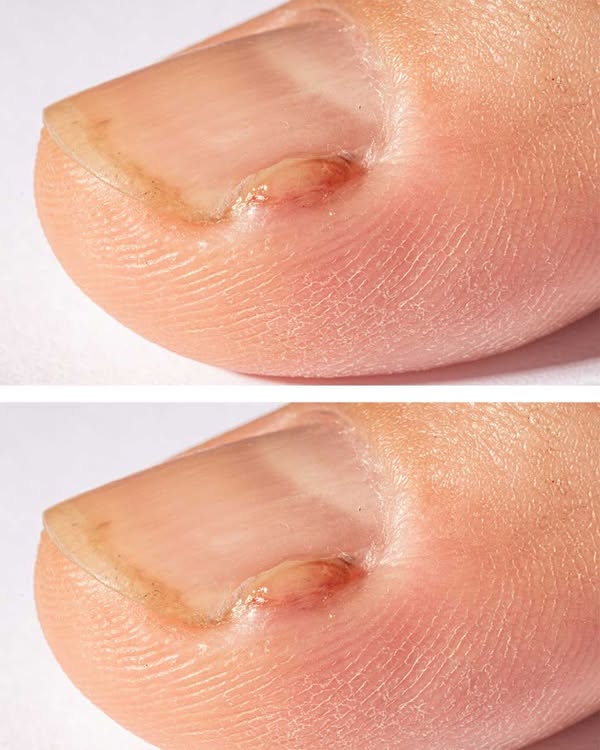
Experiencing discomfort near your big toe can be both frustrating and concerning, especially when a doctor’s appointment isn’t immediately available. Understanding the potential causes and implementing appropriate home remedies can provide relief and prevent further complications.
Common Causes of Pain Near the Big Toe
-
Ingrown Toenails: This condition arises when the edge of a toenail grows into the surrounding skin, leading to pain, redness, and swelling. If untreated, it can result in infection or the formation of a granuloma—a small area of inflamed tissue.
-
Bunions (Hallux Valgus): A bunion is a bony bump that forms on the joint at the base of the big toe. It occurs when the big toe pushes against the adjacent toe, causing the joint to protrude. Symptoms include a visible bump, swelling, redness, and soreness around the joint.
-
Gout: This form of arthritis is characterized by sudden, severe attacks of pain, swelling, and redness in the joints, often affecting the base of the big toe. Gout is caused by the accumulation of urate crystals within the joint, leading to inflammation.
-
Sesamoiditis: This condition involves inflammation of the sesamoid bones—two small bones embedded in the tendons beneath the big toe joint. It’s commonly caused by increased pressure or repetitive stress, leading to pain and swelling in the ball of the foot.
-
Hallux Rigidus: A form of degenerative arthritis affecting the joint at the base of the big toe, hallux rigidus leads to stiffness, pain, and decreased range of motion.
Home Remedies to Alleviate Discomfort
While awaiting your medical appointment, consider the following measures to manage the pain:
-
Warm Water Soaks: Soaking your foot in warm water for 15-20 minutes several times a day can reduce swelling and ease discomfort. Adding Epsom salts may enhance the soothing effect.
-
Proper Footwear: Wear shoes with a wide toe box and low heels to minimize pressure on the affected area. Avoid tight or narrow shoes that can exacerbate the condition.
-
Pain Relievers: Over-the-counter nonsteroidal anti-inflammatory drugs (NSAIDs), such as ibuprofen, can help reduce pain and inflammation.
-
Protective Padding: Using non-medicated bunion pads or moleskin can cushion the area and prevent further irritation.
-
Toe Exercises: Gentle stretching and strengthening exercises can improve flexibility and reduce stiffness in the toe joint.
When to Seek Immediate Medical Attention
Consult a healthcare professional promptly if you experience:
-
Severe or persistent pain that doesn’t improve with home remedies.
-
Signs of infection, such as increased redness, swelling, warmth, pus, or fever.
-
Difficulty walking or bearing weight on the affected foot.
-
Numbness or tingling sensations in the toes.
Early intervention can prevent complications and ensure appropriate treatment for underlying conditions.
Preventive Measures
To reduce the risk of developing issues near the big toe:
-
Proper Nail Care: Trim toenails straight across and avoid cutting them too short to prevent ingrown toenails.
-
Footwear Choices: Opt for comfortable, well-fitting shoes that provide adequate support and room for your toes.
-
Maintain a Healthy Weight: Excess weight can increase pressure on the feet, contributing to various foot problems.
-
Regular Foot Inspections: Regularly check your feet for any signs of abnormalities or changes, especially if you have underlying health conditions like diabetes.
By understanding the potential causes of pain near the big toe and implementing these remedies and preventive measures, you can manage discomfort effectively while awaiting professional medical advice.





